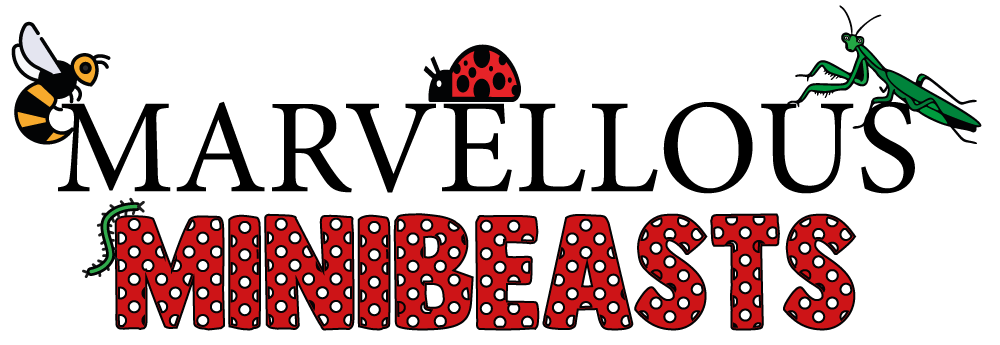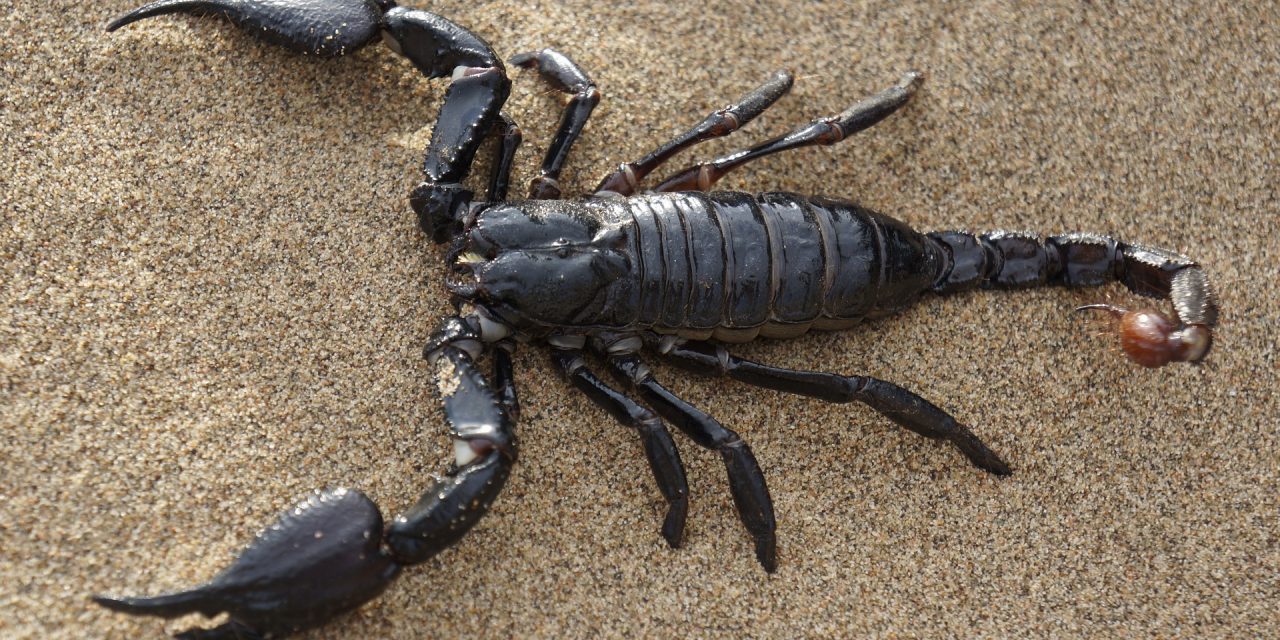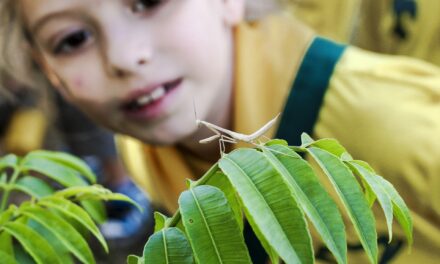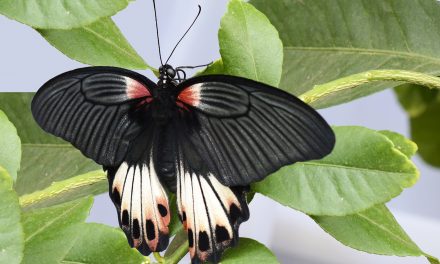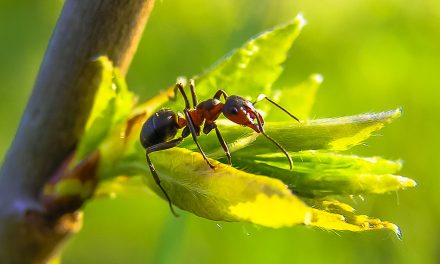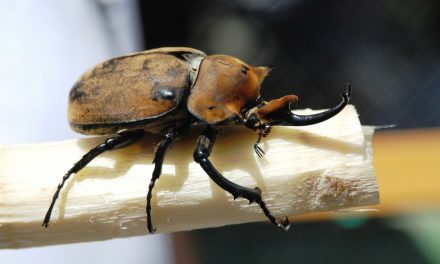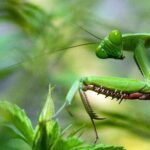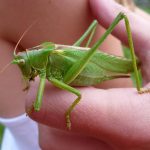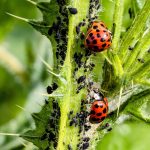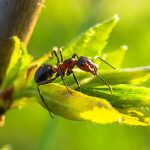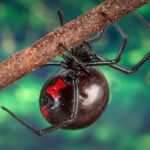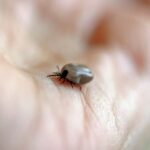Moulting is a process of growth for insects, and when an insect grows too big for its exoskeleton, it will need to be replaced. To do this, it will shed, which is what is referred to as moulting. This fact alone might be leaving you with lots of different questions, which we will answer for you in this article.
There are lots of different insects, but do all insects moult? Keep reading to find out. We are going to be explaining the process of moulting for insects, which ones need to do it, and how this process takes place. If this is something that you are interested in finding out, then you have come to the right place.
What is Moulting?
Moulting is a process that occurs to help insects grow, and it generally takes place throughout the early years of an insect’s life. Moulting will allow the body of the insect to expand under certain conditions.
When humans grow, our muscles and bones get bigger as we get older, and this is normal throughout the ageing process. The growing experience is much different for insects, as they have an exoskeleton. The exoskeleton is an insect’s bone structure, and it is located on the outside of their bodies. Underneath the hard shell of the exoskeleton, there are organs and muscles.
For the insect to be able to grow bigger, it must shed its skin. This will allow it to continue to grow once it has outgrown its exoskeleton. This process is known as moulting.
What You Need to Know About the Exoskeleton
In order to better understand how the process of moulting works, it can be helpful to learn more about the exoskeleton. If you didn’t already know, the exoskeleton of an insect will have three different layers.
The outer layer of the exoskeleton is called the cuticle, and this will protect the insect against any physical injury or water loss. It will also work to provide rigidity for muscle, and it is this layer that will shed when the insect moults.
The second layer is called the epidermis, which is responsible for secreting a new cuticle when it becomes time to shed the old one.
The third and final layer is the basement membrane, and this membrane is what will separate the body of the insect from its exoskeleton. Essentially, the exoskeleton is like a shell, and eventually, the young insect will need to shed this shell in order to continue to grow.
The exoskeleton will work as an external backbone for the insect that will be used for both protection and support. Without an exoskeleton to protect it, an insect would not be able to survive. The process of growing a new exoskeleton underneath the out layer can take anywhere from weeks to days.
How Does An Insect Moult?
In order to be able to moult, an insect will have to take in air or water by either swallowing it naturally or raising its own internal blood pressure. This will start the entire process of moulting. A soft and expandable exoskeleton will develop, which will be suitable for further growth.
This entire process will be repeated multiple times throughout the lifespan of an insect, but the number of times will depend on which species the insect is. Eventually, the new exoskeleton will harden and return to the natural original colouring of the insect as it matures.
Depending on the species of the insect, moulting can actually occur anywhere between 5 and 60 times throughout its lifespan. Through these times in their lives, insects will be at their most vulnerable. However, it is necessary for the insect to go through this experience in order for them to grow into a fully grown adult.
What Happens When An Insect Moults?
When it becomes time for an insect to moult, the epidermis will separate from the outside layer of the exoskeleton. After this happens, the epidermis will form a protective layer around itself, and it will start to secrete chemicals that will work to break down the insides of the old cuticle.
This protective layer will then become part of the new cuticle, and when the epidermis has formed the new cuticle, muscular contractions and air intake will cause the insect’s body to swell. When this happens, the remains of the old cuticle will split open, and the new cuticle will harden. All that is left for the insect to do is squeeze out from the outgrown exoskeleton.
The insect will continue to swell to be able to expand the new cuticle, so that it is large enough to allow for more room for the insect to grow. The newer outer layer will be much softer and paler than the old one, but it will become normalised after just a few hours. Within just a few days, the insect will be a slightly larger version of its previous self.
Do All Insects Moult?
Yes, all insects will moult as they grow larger as they need a bigger exoskeleton to allow for the extra room that they need to grow. In fact, all arthropods will moult for the same reasons, and as all insects are arthropods, all insects will moult. There are other animals that fall under the arthropod classification that will also have to moult.
Pros and Cons of Moulting for Insects
One of the biggest benefits of moulting for some insects is that it allows them to repair any damaged tissue and regenerate any missing limbs. It might not always be possible for an insect to regenerate a limb after just one moult, and it can take several moults for this to happen in some cases. So, if an insect has lost a limb later in life, it may not regrow at all, or it may partially regrow.
One of the biggest disadvantages of moulting for insects is that this is the point in their lives where they will be the most vulnerable. The insect will be incapacitated during this process, leaving them open to attack from predators.
